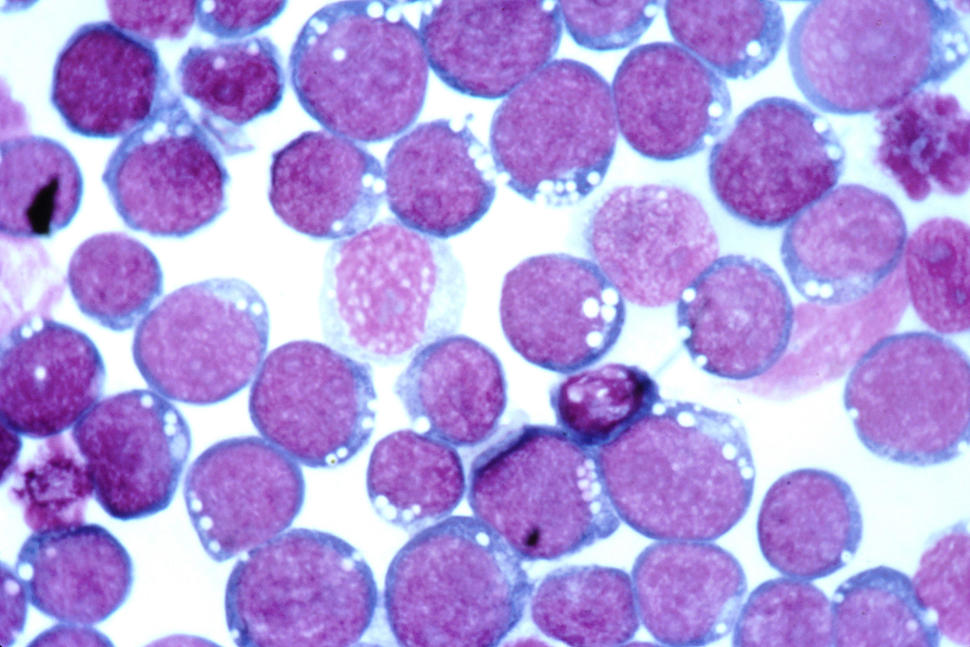Epstein Barr Virus Associated Lymphoma Consortium (EALC)
The Epstein Barr Virus Associated-Lymphoma Consortium (EALC) is advancing the understanding of the role of Epstein Barr virus (EBV) infection on Non-Hodgkin Lymphoma and/or Hodgkin disease development with or without an underlying HIV/AIDS infection.
The goal of the consortium is to increase knowledge about how EBV promotes Non-Hodgkin Lymphoma and/or Hodgkin disease initiation, progression, and resulting conditions, as well as to provide insights into mechanistic differences in the relationship between EBV infection and lymphoma development in individuals with HIV infection and those without an underlying HIV infection.
EALC News
EALC Project Highlight
Dr. Blossom Damania and her team with the University of North Carolina at Chapel Hill EALC Project are investigating the role of FAM72A in EBV-driven lymphoma development and preclinically testing FAM72A inhibition as a potential therapy for EBV-associated lymphoma.
DCB Contact for EALC
For additional information about the EALC, please contact Dr. Betsy Read-Connole.
Funded Projects
